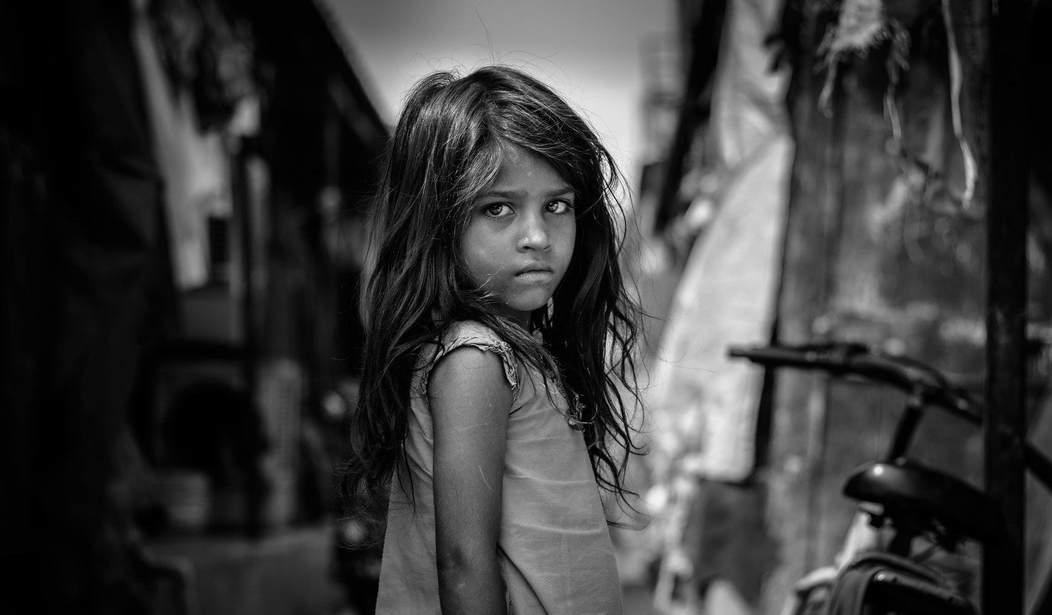Children are not just falling behind due to pandemic school closures. The problem of missing children is now coming to light. In October, Bellwether Education Partners estimated that millions of the most underserved and at-risk children had not attended school in-person or online since March 2020. From their study:
For approximately 3 million of the most educationally marginalized students in the country, March might have been the last time they experienced any formal education — virtual or in-person. Stories from across the country illustrate pieces of this crisis:
In Los Angeles, 15%-20% of English learners, students in foster care, students with disabilities, and homeless students didn’t access any of the district’s online educational materials from March through May.
In Washington, D.C., back-to-school family surveys found that 60% of students lacked the devices and 27% lacked the high-speed internet access needed to successfully participate in virtual school.
In Miami-Dade County, 16,000 fewer students enrolled this fall compared with last year.
That was four months ago. Now ABC reports that the problem is nationwide after contacting departments of education officials in all 50 states. They note that it is difficult to determine the magnitude of the issue of missing children because of the lack of centralized data. Still, their investigation found it is affecting the most vulnerable students—those who are homeless, disabled, children in foster care, immigrants, and minorities.
Children are missing in states at all levels of reopening. Florida Governor Ron DeSantis ordered schools to open for in-person instruction five days a week in the fall. However, a virtual option remained at the parents’ discretion. In Miami Dade County, the year opened with 10,000 missing children. The majority have been located using multiple methods, but there are still about 1,000 that school officials cannot find. Superintendent Alberto Carvalho told ABC, “We believe that these were the students who were in crisis prior to the COVID-19 crisis. These were probably poor students, probably English language learners, learners who may have had a disability, may have had home insecurity, food insecurity and may have had a fragile immigration status.”
According to Michigan Superintendent Michael Rice in a December op-ed, 13,000 students are unaccounted for after accounting for declining enrollment in the state. He said local officials must do the granular work of locating these children.
District representatives in Dallas say that about 9,000 high-schoolers, 2,000 middle-schoolers, and 1,000 elementary school students are unaccounted for.
There have also been significant drops in kindergarten enrollment. Kindergarten is where children begin to be socialized to the school environment and receive high social interaction levels with peers. According to the CDC, there is an extensive list of milestones for five-year-olds in social, physical, and cognitive development. Many of them require interactions with peers and achieving them while isolated at home is unlikely.
Nationwide, in many public school districts, kindergarten enrollment is down. Although kindergarten is not a requirement in any of the following states, Minneapolis saw a 16% decline, Los Angeles had a 14% drop, and Colorado experience a 9% decline in their yearly kindergarten enrollment.
The article estimates that 17 million children did not have the technology required to connect to virtual classrooms. According to Mike Magee, CEO of Chiefs for Change:
“From a learning standpoint, that was potentially catastrophic,” Magee explained. “What we’ve learned, over the course of the last 12 months, is that from both a learning and a health perspective, there are millions of students for whom virtual learning just is not working.” In addition, he said, “there’s a subset of those students who are completely detached from their school systems at the moment.”
This problem will be magnified in school districts that have remained closed, primarily due to recalcitrant teachers’ unions refusing to return to the classroom. In a recent interview, the president of the American Federation of Teachers, Randi Weingarten, tried to defend the union’s position. In it, she called children “resilient” and said we have to “believe” our children’s education is recoverable. Weingarten is an attorney, not an educator like Magee, who says, “You are going to have a whole generation of kids who are not well enough prepared for college and careers. You are going to have significant increases in mental, social and emotional well-being issues with kids.”
If children are our future, right now the picture is bleak. Parents of children who were successful students are witnessing heartbreaking changes in their children as closures continue in some areas of the country. As if that wasn’t bad enough, now we know there are likely millions of missing children among our most vulnerable populations. We need creative, passionate, and dedicated education and mental health professionals to address a looming crisis for our children.
The teachers’ unions’ leaders that the Biden administration is pandering to will not meet that need. Neither will the social-justice cabal he appointed to the Department of Education, where Secretary Miguel Cardona’s focus is on an equity agenda. President Trump was absolutely correct when he said last spring that the coronavirus cure could not “be worse than the problem itself.” For our children, who rarely suffer from COVID-19 and seldom pass it to their teachers, the pandemic response has undoubtedly been worse than the disease.










Join the conversation as a VIP Member